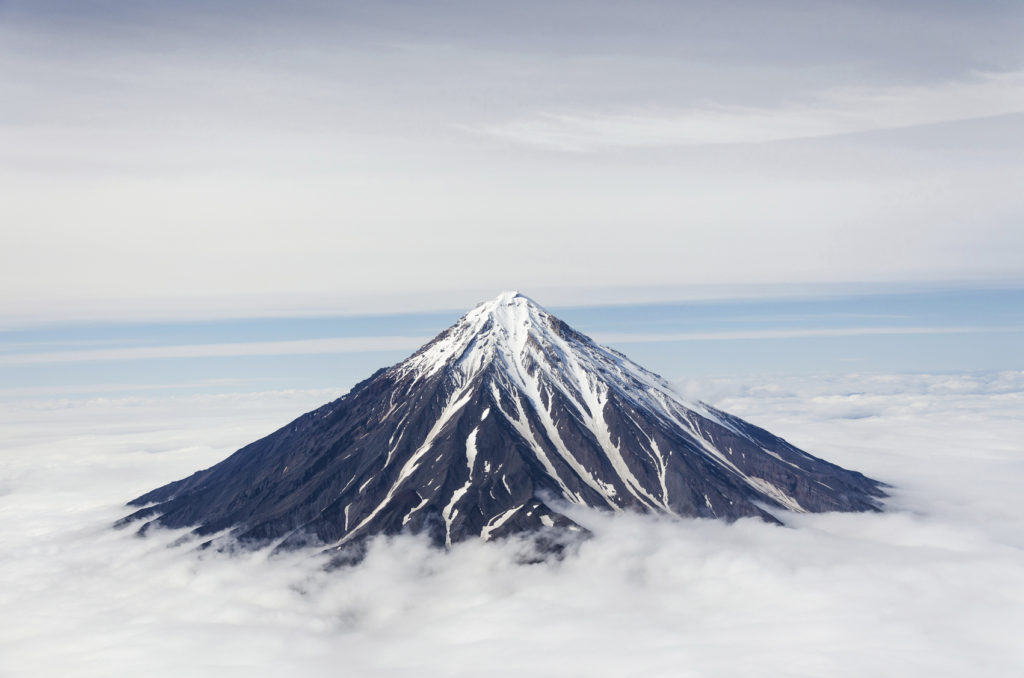In ‘The Land of the Rising Sun’ during the 1990s, the madogiwazoku – which is Japanese for ‘the window tribe’ – were ageing employees who were no longer seen as useful to the organisation. However, since there was a reluctance in Japan’s corporate culture to use more clean-edged forms of departure, they would instead be left to take a quiet window seat and simply pass the time as the sun went down on their career.
Practicing the GTD methodology can propel your own career towards the top floor rather than the double-glazing, but staring out of windows can be an important and productive activity nonetheless.
It can, of course, simply be a break, a conscious effort to de-focus from the task at hand and take a restorative mental pause and enjoy the wide blue yonder (or maybe the fifty shades of grey if you’re enjoying autumn in the British Isles).
But staring at the sky can also have a creative purpose. It’s known that we look away and use ‘gaze aversion’ in conversation to switch off visual cognitive stimulation when we want to focus on a response, and looking skyward serves a similar purpose. Mentally disengaging from your screen or paperwork in this way can help achieve the insight, the perspective or the breakthrough you might be seeking.
It’s harder to seek this quiet space, however, if your mind is filled with uncontrolled distractions instead of mental space. So whether you’re in need of a break or a breakthrough, GTD helps de-clutter your view by parking everything that has your attention in a trusted system so your mind can be clear.
Indeed, David Allen, who created the Getting Things Done methodology, has said that it is one of the hallmarks of effective GTD practice to be able to successfully do nothing at all if that’s what you want to do.
As you look through your window, then, if the reflection looking back at you is someone who can successfully focus or de-focus, even for a minute or two, then you’re starting to feel one of the benefits that GTD habits can provide. Effective capture practices – described in Todd Brown’s recent blog – will be a particular help in getting you into that empty space.
There is even greater restorative potential, however, in the undistracted quality time we spend away from the office; whether it’s walking the dog, riding a bike or playing in the park with the kids, and, for some, it’s a complete lack of activity that can provide a unique reward here, too.
The Japan-based travel writer, Pico Iyer, whose windows look out over the serene ancient capital of Nara – eloquently describes the importance of quiet and reflection to the creative process in his TED talk, ‘The Art of Stillness’. While he recognises the initial wrench of dragging himself away from his inbox for his annual monastic retreat, he, too, recognises the ultimate importance of the empty space to his creative rejuvenation:
“A part of me still feels guilty… to be ignoring all those seemingly urgent emails from my bosses… but as soon as I get to a place of real quiet, I realise that it’s only by going there that I’ll have anything fresh or creative or joyful to share with my wife or bosses or friends. Otherwise, really, I’m just foisting on them my exhaustion or my distractedness, which is no blessing at all.”
The view from your own window may not be that of a monastery or a mountain top but GTD can still help you enjoy it more fully by enabling you to carve out and protect a quieter mental space.


